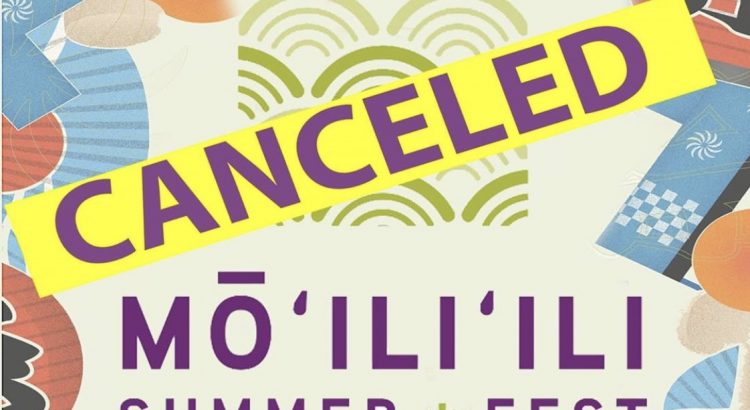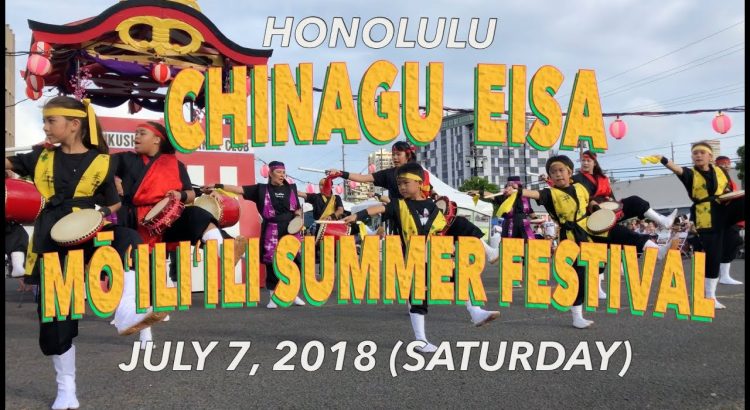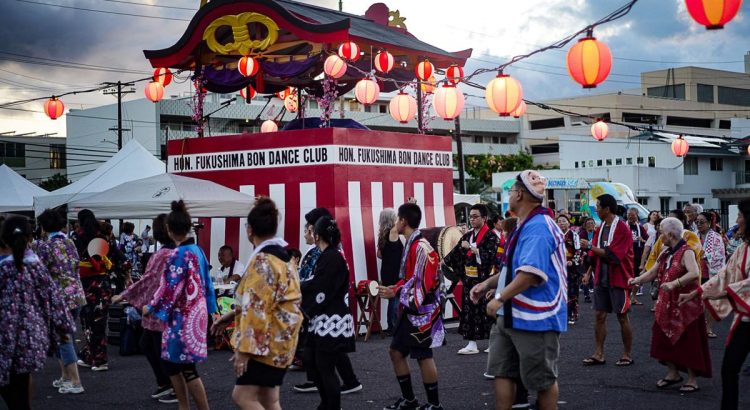Although trying out various types of street food and experiencing the Bon dance top the list as the most exciting activities during the Mōʻiliʻili Summer Fest, shopping is also one of the fun activities you can do. There are several retail stores and boutiques where one can find unique items. Some of these stores include Eden in Love, Indigo Elixirs, Hiilani Hawaii, Himalayan Treasure, Jana Lam, Chordinauts (kendamas), Chordinauts (kendamas), Love at Dawn Hawaii, Kira Hawaii, LMS Boutique, Island Style Collection, Nature Girl, San Lorenzo Bikinis, Sanook Hawaii, and The Cut Collective.
Tips on finding your way around the festival
Street parking is a popular parking option for people attending the festival, but parking slots get filled up rather quickly. An alternative parking option is the Parking structure on Manoa’s Lower Campus Road at the University of Hawaii. The structure is located at 1323 Lower Campus Road and can be accessed using Dole Street. You can get a free parking display by notifying the gate attendants that you are attending the Mōʻiliʻili Summer Fest.
There are different options for accessing the festival from the University of Hawaii’s parking structure; you can take a 10-minute walk down University Avenue, take a shuttle near the parking structure that operates between 4:00 p.m. and 10:30 p.m. An important thing to note is that the last shuttle to the festival departs at 9:30 p.m., and the last shuttle from the festival to the parking structure departs at 10:15 p.m.
If you prefer not to drive, you can take a bus using route 1, 1L, and 4 or your selection of the ride-hailing app. A few Biki stops are available nearby.
2020 Mōʻiliʻili Summer Fest canceled due to COVID-19
The annual Mōʻiliʻili Summer Fest, which was initially scheduled to happen on 3rd July 2020, was canceled as a safety measure against the COVID19 pandemic. The event was supposed to be hosted at 1110 University Avenue, the former varsity theatre parking and Coyne street. Organizers of the annual event, which highlights the history, cultural diversity, and commerce of Mōʻiliʻili are planning to host the Mōʻiliʻili Summer Fest again in 2021. The event partners including the Japanese Cultural Center of Hawaii, Kamehameha Schools, the Mōʻiliʻili Hongwanji Mission, the Old Town Mōʻiliʻili Business Association, the University of Hawaii at Manoa, and the Mōʻiliʻili Community Center, have started making preparations to restart the festival next year. The Mōʻiliʻili Hongwanji Mission has also put off its famous Bon dance ceremony, which is usually hosted at the same time as the Mōʻiliʻili Summer Fest. The Kuai Buddhist Council has also canceled its Bon season, which takes place from mid-July to August. The Mōʻiliʻili Comunity Center has organized for volunteer instructors to offer virtual Bon dance classes to keep seniors engaged.


